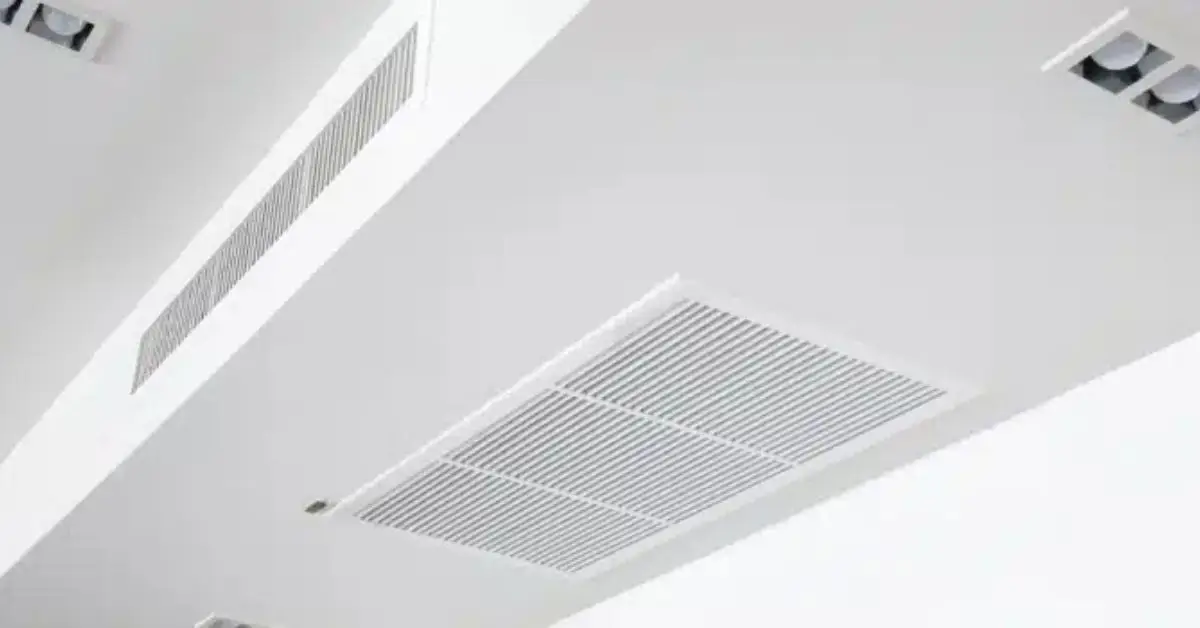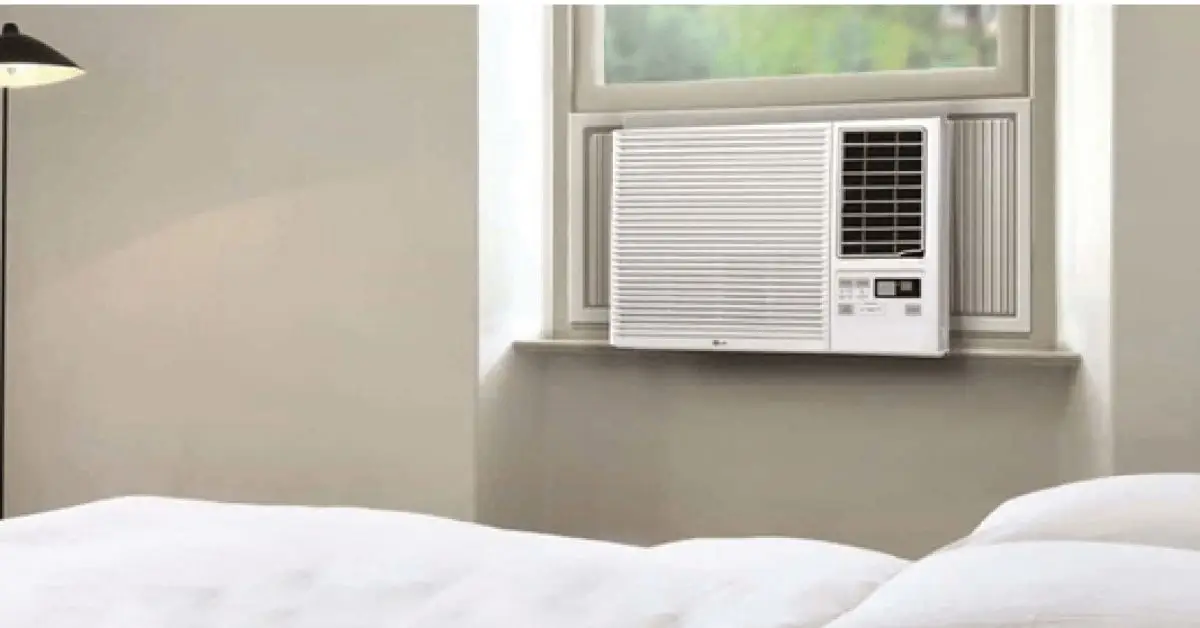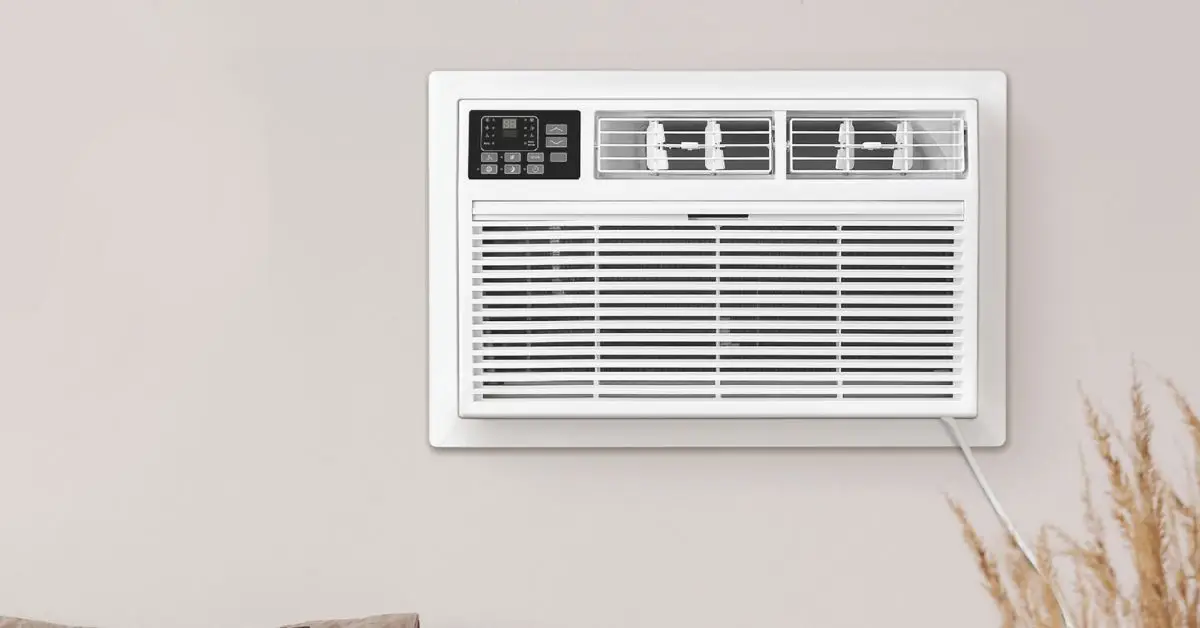Which Air Conditioner Is Right for You? 8 Types That Truly Cool Your Home
Let’s be real — walking into a cool, air-conditioned room in the middle of a heatwave feels like survival, not luxury. But if your current AC barely keeps up, or your electricity bill stings every month, the real problem might be you’ve got the wrong type of air conditioner for your space.
I’ve seen this mistake play out over and over: people buy the most advertised unit, not the one that actually fits their home, budget, or climate. The result? Noise, uneven cooling, wasted energy, and endless frustration.
This guide isn’t here to throw jargon at you. I’m going to break down the 8 most practical types of air conditioners — from central systems to smarter, lesser-known options like hybrid and evaporative cooling. I’ll also tell you when each one makes sense (and when it absolutely doesn’t).
Because choosing an AC isn’t just about “cooling.” It’s about comfort, cost, control — and honestly, your sanity during summer.
Let’s figure out what actually works for your space.
1. Central (Ducted) Air Conditioner
If you live in a house with existing ductwork, central AC might seem like the default choice. And honestly, in many cases, it works great. It cools your entire home evenly, stays out of sight, and gives you that “set it and forget it” kind of comfort.

But here’s what most people miss: central systems are only efficient if your ducts are clean, sealed, and correctly sized. If not, you’re paying for cool air that leaks into the attic or gets lost in long, inefficient runs. I’ve seen energy audits where people lose 30% of cooling just through bad ductwork.
Also, central AC systems typically rely on one thermostat. So if your bedroom bakes in the afternoon sun but your basement stays cool, the system doesn’t know how to adjust for that. You’re either freezing in one room or sweating in another.
Quick tip: If you’re considering central AC, pair it with a smart thermostat or zoning system to make it work smarter — not harder.
If you’re already considering central AC as part of a refresh, check out these easy summer home updates that make your space cooler, fresher, and more energy-smart — even on a tight budget.
2. Ductless Mini‑Split (and Multi‑Split) Systems
Now if you don’t have ductwork — or just don’t want to deal with it — mini-split systems are a godsend. I’m a huge fan of these because they’re super efficient, whisper quiet, and give you room-by-room control.
Basically, each room gets its own indoor unit, and they all connect to a single outdoor compressor. No ducts, no big renovations. And if you go for a multi-split or VRF (Variable Refrigerant Flow) system, you can even control up to 8–10 zones from one outdoor unit.
Why does this matter? Because we don’t use every room the same way. Your home office might need cooling all day, but the guest bedroom doesn’t. Mini-splits let you cool what you use — when you use it.
Plus, inverter-driven models don’t cycle on and off like traditional systems. They ramp up or down based on need, which saves electricity and keeps temperatures stable.
One downside? They’re not cheap upfront. But in most cases, they pay for themselves in a few years — especially if you’re replacing old window or central units.
3. Window Air Conditioners
These are probably the most misunderstood type of AC. People either swear by them or dismiss them as old-school. But here’s the thing: window units can be great — if you use them right.

They’re perfect for small spaces, renters, or anyone on a tight budget. You just pop it in the window, plug it in, and go. No ducts, no contractors, no drama.
But here’s what you should know before buying one:
- Many cheap models are loud — as in, “you can’t sleep with it on” loud.
- If it’s not sized correctly (measured in BTUs), it’ll either short cycle or underperform.
- Some units block the entire window, killing your natural light and airflow.
Look for ENERGY STAR–certified models with inverter tech if you can. They’re quieter, more efficient, and often come with smart features like Wi-Fi and scheduling.
Pro tip: Use a simple foam seal kit around the window unit to block outside hot air. It makes a bigger difference than you’d think.
4. Portable Air Conditioners
I get asked a lot: “Should I just get a portable AC instead of a window unit?”
My honest answer? Only if you have no other option.
Yes, portable ACs are flexible. You can move them room to room, and they’re renter-friendly since you don’t need to mount anything permanently. But here’s what manufacturers won’t tell you: they’re usually the least efficient and noisiest option out there.
Most models pull in warm indoor air to cool the condenser, which ironically heats your room in the process. Dual-hose models are slightly better, but still not great for big spaces.
You also have to empty a water tank (or set up drainage) in humid areas, which adds to maintenance.
According to the U.S. Department of Energy, portable ACs are among the biggest energy hogs — and that’s why they don’t even qualify for the ENERGY STAR label.
Only go with a portable AC if you absolutely can’t install a window or mini-split unit — like in a high-rise apartment with sealed windows.
5. Through-the-Wall (Built-In) Air Conditioners
Through-the-wall ACs are a solid step up from window units, especially if you want something permanent with better insulation and less noise.
These units slide into a sleeve installed in your wall — so you don’t lose your window. They’re great for older condos, basement rooms, or anyone doing a home remodel.

Just remember: they do require a custom wall cut-out and possibly some electrical work. So don’t expect to install one without calling in a pro.
Ideal if you want a clean look, long-term use, and better insulation than a window unit can give you.
6. Smart Air Conditioners
Let’s be honest — no one wants to babysit their AC anymore. We want cool air when we need it, energy savings when we don’t, and control from wherever we are. That’s where smart air conditioners shine.
Whether it’s a window, mini-split, or portable unit, many newer models now offer Wi-Fi control, mobile apps, scheduling, and voice integration.
I’ve tested models that auto-shut off when I leave home, lower the temp before I return, and even track my electricity usage in real time.
And if your current AC isn’t smart? No worries. You can use retrofit devices like Cielo Breez or Sensibo to make it smart in minutes.
If comfort, energy efficiency, and convenience matter to you — this is one upgrade that pays off fast.
7. Hybrid / Dual-Fuel Heat Pump Systems
If you live in a place where summers are hot and winters bite, a dual-fuel system might be your most practical choice. It combines an electric heat pump with a gas furnace. When the weather’s mild, the heat pump runs efficiently. When it gets brutally cold, the furnace kicks in.
This combo isn’t just about comfort — it’s about serious savings. By switching intelligently between electricity and gas, these systems reduce overall energy costs without sacrificing performance.
They’re ideal for people who want year-round control and don’t mind a slightly higher upfront investment for long-term payback. If you’re already upgrading your HVAC or live in a colder state, this setup deserves a serious look.
Best for: Mixed climates, homeowners planning a long-term energy-efficient upgrade.
8. Evaporative (Swamp) Coolers & Geothermal Systems
Evaporative coolers — or swamp coolers — don’t get enough credit. They use water to cool hot, dry air and work best in arid regions. Think desert cities where humidity isn’t the problem. They’re cheap to run and can make 100°F air feel like 70°F, using just a fraction of the electricity.
Of course, they’re not for everyone. If you live in a humid state, swamp coolers won’t help — they’ll just make the air feel heavier. But in the right conditions? They’re magic.
On the other end of the spectrum, geothermal cooling systems tap into the earth to regulate temperature. These are premium systems — high upfront cost, but ultra-efficient, super quiet, and built for the long haul. If you’re constructing a new home or planning to stay put for decades, it’s one of the most sustainable choices available.
Best for: Dry climates (evaporative) or eco-conscious homeowners with long-term plans (geothermal).
Comparing All 8 Types: At-a-Glance
So, which AC actually fits your home? Here’s a quick comparison to make that decision easier:
| AC Type | Efficiency | Noise Level | Installation Level | Best Use Case |
|---|---|---|---|---|
| Central (Ducted) | Moderate–High | Quiet | High | Whole-home cooling with duct access |
| Mini-Split / VRF | Very High | Very Quiet | Medium | Zoned cooling, no duct needed |
| Window Unit | Moderate | Moderate–Loud | Low | Small rooms, renters, budget-friendly setups |
| Portable AC | Low | Loud | Very Low | Temporary or rental spaces |
| Through-the-Wall | Moderate | Moderate | Medium | Clean look, better insulation than window AC |
| Smart AC / Retrofit | Varies (but smarter) | Depends on model | Low | Energy-conscious users, automation lovers |
| Hybrid / Dual-Fuel | Very High | Moderate | High | Seasonal climates, efficiency all year round |
| Evaporative / Geothermal | Low / Extremely High | Very Quiet | Low / Very High | Dry zones (evap.) or long-term sustainability |
This table isn’t here to impress you — it’s here to help you get real about what you actually need. Because choosing the wrong AC isn’t just annoying. It can drain your wallet and your patience for years.
How to Choose the Right Air Conditioner for Your Home
Reading about types is one thing. But choosing the right one for your home? That’s where people get stuck. So here’s a shortcut.
Ask yourself:
- How big is the space you need to cool? Small bedroom? A window or mini-split will do. Open living room? Consider central or dual-zone systems.
- Do you own or rent? Renters should stick with portable, window, or smart add-ons. Homeowners have more freedom to go permanent. If you’re still working toward owning your first place, don’t miss these real-world saving hacks for buying a home — even on a tight income. They’ll help you plan smarter while keeping your current space livable.
- What’s your budget — not just now, but long-term? Don’t just look at purchase price. Consider efficiency, installation, maintenance, and energy bills over time.
- Do you live in a dry or humid area? This decides whether swamp coolers make sense or whether dehumidifying power is more important.
- Do you have ductwork already? If yes, central AC may be easiest. If not, a ductless mini-split could save you thousands.
I always say: your lifestyle + climate + layout = the best cooling choice. Make your AC work for you, not against your space.
Common Mistakes to Avoid When Buying an AC
Even smart people mess this up — not because they don’t research, but because they miss the real-life stuff that matters. Avoid these common AC mistakes:
- Buying too big. Bigger doesn’t mean better. Oversized units short-cycle, burn energy, and leave rooms clammy.
- Ignoring insulation. An efficient AC in a poorly sealed home is like filling a leaky bucket. Fix drafts first.
- Skipping BTU calculations. Every room has a sweet spot based on square footage, ceiling height, and sun exposure. Guessing = waste.
- Not checking noise levels. This one’s underrated. That low hum turns into a headache if you’re working, sleeping, or have a baby. Speaking of upkeep, a clean AC works way better — and so does a clean home. These must-try vinegar and baking soda cleaning hacks are my go-to tricks for keeping things fresh without spending a fortune.
- Forgetting about maintenance. Filter changes, coil cleaning, drainage—ACs aren’t “set it and forget it.” Think upkeep.
One bad purchase can cost you more than just money — it can make summers feel longer, hotter, and more stressful than they need to be.
Final Thought: Don’t Just Cool Down — Cool Smart
If you’re still reading, that means you’re not just looking for cold air — you’re looking for the right kind of cool. The kind that fits your home, your habits, and your future.
This isn’t about picking the flashiest unit or the cheapest brand on sale. It’s about comfort that makes sense — now and later. Whether you go for a ductless split, central system, or just a well-placed window AC, the best air conditioner is the one that does the job quietly, efficiently, and without drama.
So now I ask you — which type feels right for your space? Let me know what you’re deciding between, and I’ll help you figure out the smarter choice.
Want more smart tips on home cooling and upgrades? Visit Build Like New for guides that actually help — no fluff, just facts that work in real homes.
Disclaimer: This content is for informational purposes only and does not constitute professional HVAC or home improvement advice. Always consult a licensed technician or contractor before making major installations or changes to your home systems.


